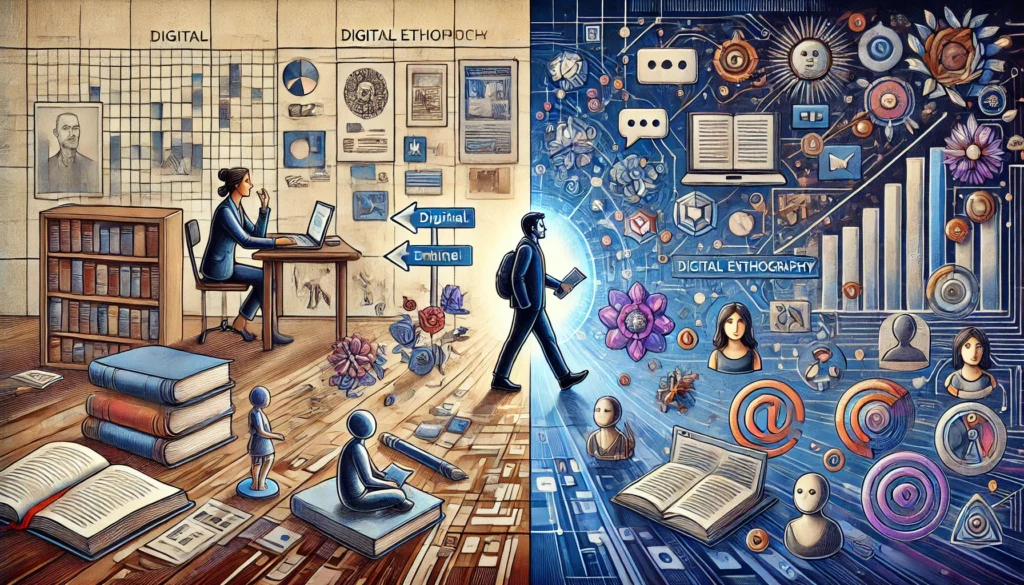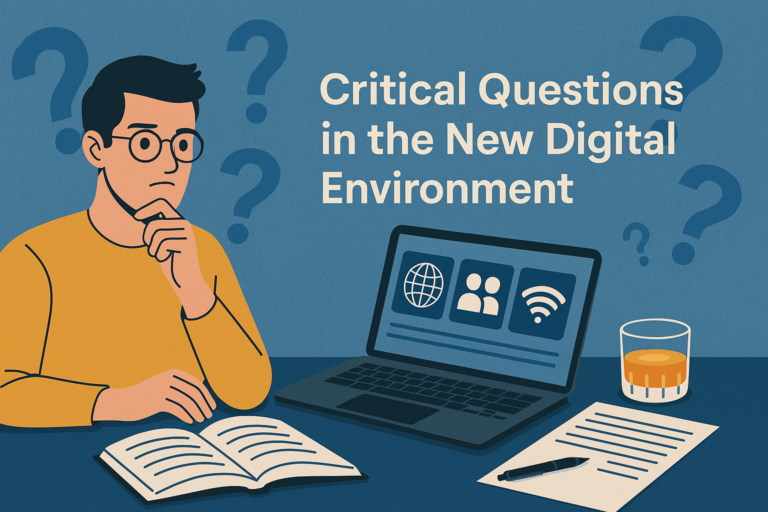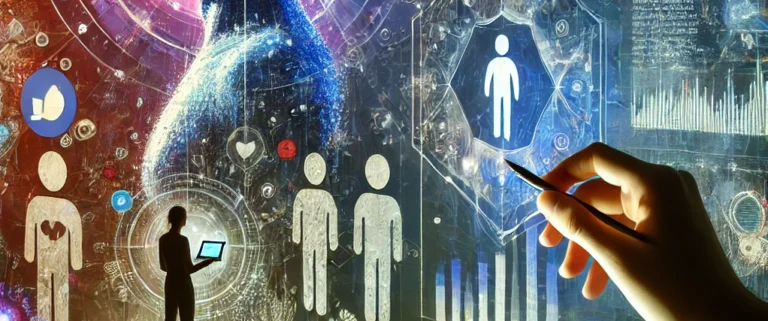
This blog post reflects after the DTES554 – Digital Ethnography Class dated March 10, 2025—special thanks to my professor Suncem Koçer-Çamurdan, and all my colleagues.
When you withdraw to a topic, the first question you must ask is why. Why do I want to dedicate months, years, or even decades to this? What is appealing to me? Ethnography is not just about studying others, it’s about aligning yourself with your subject. Hey, who said ethnographers are not shamans, right?
In the evolving landscape of digital ethnography, researchers are not just observers we are participants,
presences,
and evolving selves. Our relationship with ourselves directly touches on our topic, and like a shaman, you need to know your elements. Many ethnographers intuitively discovered that during their research, Take Abidin (2020), for example, her concept of spectrums of conspicuousness highlights how researchers must navigate their visibility in the digital space. But today, I want to touch on something from Writing Culture: the idea of the ethnographer’s mystified self-portrait. I loved it as soon as I read those words. It explains how ethnographers embed ambiguity (poetic, right) and complexity into their self-portraits, intentionally obscuring aspects of their role and perspective. This isn’t deception, people, it’s an acknowledgment of the messiness of representation. It may be confusing, sometimes you may even explain why you are doing it. Ethnographic work is full of tensions, requiring flexibility and a good understanding of ‘inner spectrums’. The term mystified reminds us that our accounts are never pure reflections but are shaped by our limitations, biases, and evolving identities.
So, we adapt. We shape-shift as our informants do within their own digital and social spectrums. We adjust our visibility, methods, and sense of self to align with our study communities. This may sound too ambitious, but in digital ethnography, things are multi-layered and require constant switches between the duality (of digital vs real).
Embodiment: The Researcher in a Digital-Physical Hybrid Space
Unlike traditional fieldwork, digital ethnography blurs the distinction between researcher and subject. The act of participating online—liking, commenting, sharing—is not passive; it is embodied labor. Abidin (2020) highlights how researchers must consider their visibility labor, actively engaging with influencers while being shaped by the experience. Mayne (2017) sees this embodiment in how crafters use Facebook to share deeply personal stories, tying digital interactions to emotional and physical realities. Postill & Pink (2012) discuss how the researcher’s bodily engagement with technology—the act of scrolling, clicking, and tagging—becomes an extension of fieldwork, shaping the knowledge being produced.
Yet, as researchers, we do not just relate to our subjects—we change because of them. The digital space is not static; neither is the researcher. One enters with assumptions, but one emerges transformed through participation, emotional labor, and deep immersion. What we study shapes how we see ourselves.
The Researcher in Motion: How Ethnography Changes Us
Digital ethnography forces a constant negotiation of identity. Abidin (2020) notes that the researcher’s digital persona evolves as they interact with influencers. Mayne (2017) also reflects on how engaging in profoundly personal crafting communities requires vulnerability from the researcher. Postill & Pink (2012) describe how the researcher’s movements between online and offline worlds mirror the shifting nature of activism, where platforms, people, and power dynamics are constantly in flux.
This is the most profound shift: the researcher is not just documenting change; they are undergoing it. As we scroll, post, engage, and reflect, we are shaped by the digital spaces we study. Digital ethnography is not just about presence in the field but about how that presence reshapes the fieldworker.
Final words…
Digital ethnography has moved beyond simply observing online interactions—it now requires active engagement, ethical reflexivity, and self-awareness of one’s transformation. While Abidin’s detailed ethnography of influencers reflects feminist ethnographers’ emphasis on relationships and labor, Mayne’s work on digital crafting communities and Postill & Pink’s study of activism show that online research is not just about technology—it’s about people, power, and the researcher’s evolving self.
Studying digital spaces means becoming part of them. To become part of them is to change. The question is no longer just how we study digital spaces—but how digital spaces, in turn, study us.


